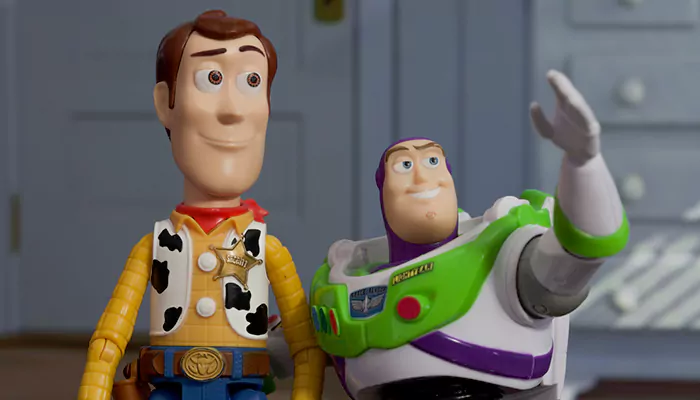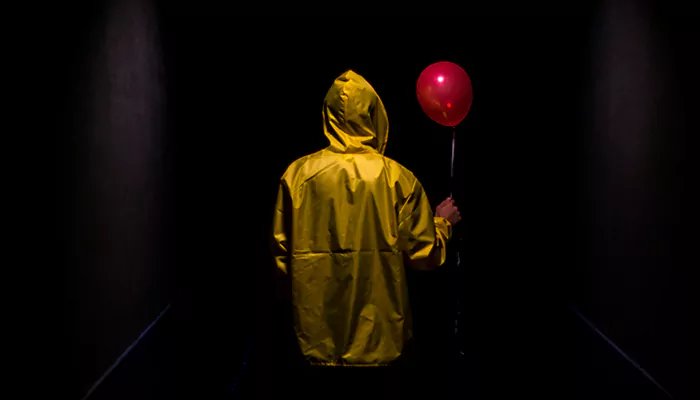
Intro: Let's delve into five such surprising crossovers that exist within the vast tapestry of cinema.
In the realm of cinema, the concept of shared universes has become increasingly popular, with franchises like Marvel and DC dominating the landscape. However, there are instances where unexpected connections between films are uncovered, revealing hidden cinematic universes that even the most astute viewers might have missed.
The Pixar Theory Unveiled: Pixar Animation Studios is renowned for its imaginative storytelling and beloved characters. Yet, what many might not realize is that several Pixar films actually coexist within a shared universe, as proposed by the Pixar Theory. According to this theory, movies like "Toy Story," "Finding Nemo," "Cars," and "The Incredibles" are all interconnected through subtle references and Easter eggs. For instance, the appearance of the Pizza Planet truck in multiple Pixar films suggests a shared reality, while the presence of shared technology hints at a unified timeline spanning across centuries. This revelation adds a new layer of depth to Pixar's already captivating storytelling, inviting viewers to uncover the hidden connections between their favorite animated classics.
Tarantino's Cinematic Universe: Quentin Tarantino is renowned for his unique filmmaking style and interconnected narratives. While his films may seem disparate at first glance, a closer examination reveals subtle ties that suggest they all exist within the same universe. Characters like Vincent Vega from "Pulp Fiction" and Mr. Blonde from "Reservoir Dogs" are believed to be related, while brands like Red Apple cigarettes appear across multiple films. Additionally, historical events like the assassination of Adolf Hitler in "Inglourious Basterds" and the massacre at the wedding in "Kill Bill" further solidify the notion of a shared reality. Tarantino's cinematic universe is a testament to his intricate storytelling and attention to detail, inviting fans to explore the hidden connections between his iconic films.
The Tommy Westphall Universe: One of the most expansive and unexpected shared universes exists within the mind of a fictional character named Tommy Westphall. This theory, known as the Tommy Westphall Universe, posits that numerous television series, including "St. Elsewhere," "Homicide: Life on the Street," and "The X-Files," all take place within the imagination of Tommy, a character from "St. Elsewhere." The theory gained traction due to crossover episodes, shared characters, and references across various shows, ultimately suggesting a vast interconnected web of storytelling confined within Tommy's mind. While it may seem far-fetched, the Tommy Westphall Universe highlights the interconnected nature of television narratives and the endless possibilities of shared universes.
Stephen King's Multiverse: Stephen King is a master of horror known for his prolific literary career and numerous film adaptations. What many fans might not realize is that the majority of King's works actually exist within a shared multiverse, interconnected through recurring characters, locations, and themes. For example, the town of Castle Rock serves as a central hub within King's fictional universe, appearing in various novels and adaptations such as "Cujo," "The Dead Zone," and "Needful Things." Characters like the enigmatic Randall Flagg also recur throughout King's works, tying together stories like "The Stand" and "The Dark Tower" series. King's multiverse adds a new dimension to his storytelling, inviting readers and viewers to explore the interconnected threads that bind his terrifying tales together.

The Alien/Predator/Prometheus Connection: Ridley Scott's sci-fi franchises, "Alien" and "Prometheus," are beloved for their atmospheric storytelling and iconic creatures. While these series may seem distinct, subtle connections suggest a shared universe that also includes the "Predator" franchise. In the film "Prometheus," an ancient mural depicts a Xenomorph, the iconic creature from the "Alien" series, implying a genetic link between the two alien species. Additionally, Easter eggs and references in various films hint at a broader mythology that ties together the worlds of "Alien," "Predator," and "Prometheus." This unexpected crossover expands the scope of these sci-fi franchises, offering new avenues for exploration and speculation among fans.
As audiences continue to explore and analyze these connections, the boundaries of cinematic storytelling are pushed ever further, creating new possibilities and opportunities for imaginative exploration.